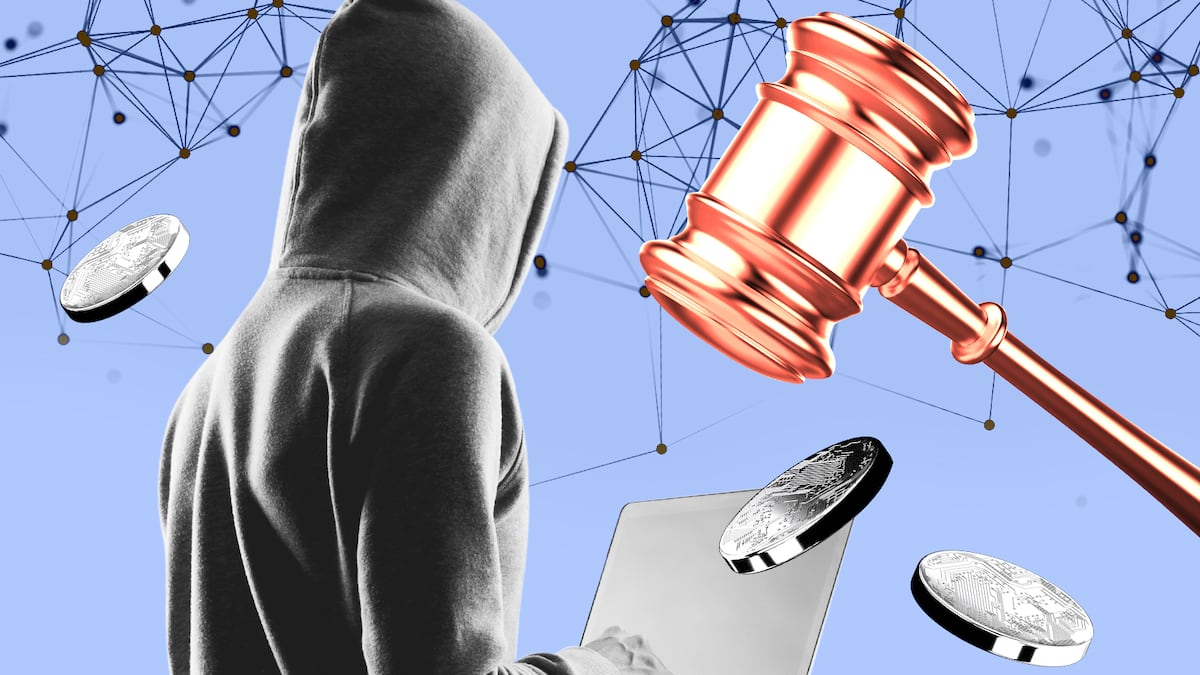Today, Sui network validators have ceased processing transaction requests from the individual responsible for stealing over $220 million worth of cryptocurrency from Cetus Protocol. Dr. Rasit Tavus, the founder and CEO of LegalBlock comments on the recent incidents on Sui.
While such large-scale losses are uncommon on blockchain networks, immediate intervention of this nature may seem unusual or even unlawful at first glance.
There has been criticism of the Sui network’s level of decentralisation. However, it is important to clarify that decentralisation does not equate to anarchy. Validators and miners are not passive observers; they hold real responsibilities in maintaining the integrity of the network.
Blockchain networks are operated and upheld by a range of participants, including validators, stakers, and miners. Each network runs on a specific consensus mechanism to coordinate its operations.
A core principle of blockchain technology is that its management is decentralised, allowing anyone to participate freely.
Validators on the Sui network are members of the SUI network partnership. When users interact with a blockchain — by transacting, paying for services, or relying on its security — they are entering into an implicit agreement with the network and its operators.
Users inherently trust that the blockchain will protect their assets. That trust places a duty on validators and miners to maintain the network’s safety, which can be understood as a semi-custodial relationship.
When a blockchain’s partners become aware of illicit activity, their primary responsibility is to act to stop it. This obligation has long been recognised, dating back to Roman law, and does not need to be outlined in a whitepaper to be valid.
Preventative and recovery measures must be considered immediately when urgent situations arise.
If validators choose to reject transaction requests from a wallet controlled by a malicious actor, that action is lawful, so long as it is agreed upon by the blockchain’s participating members.
In such cases, the decision becomes part of the consensus process itself.


